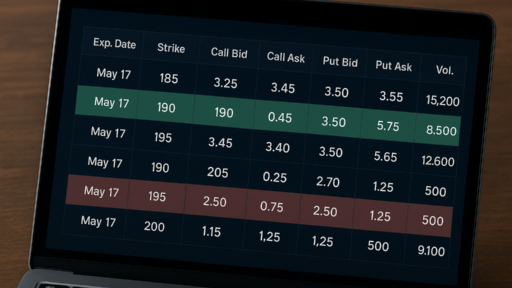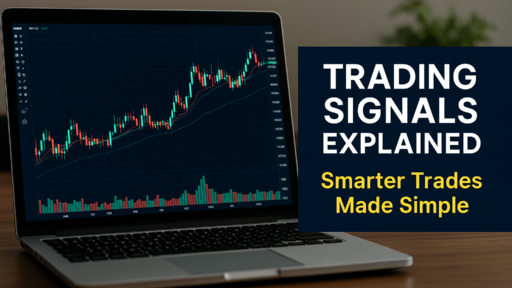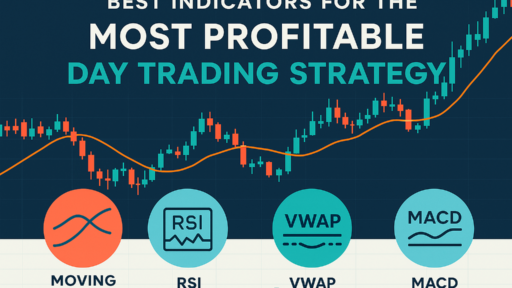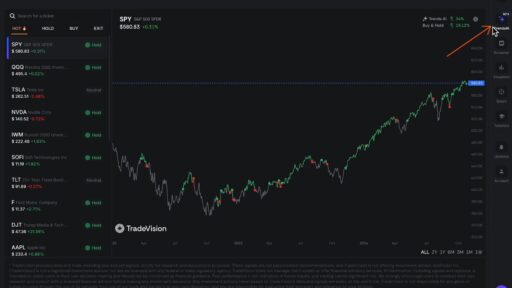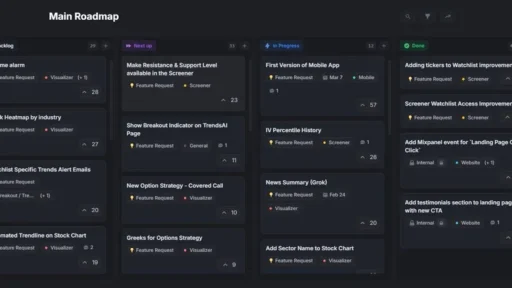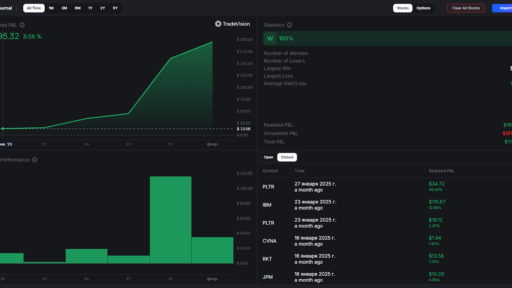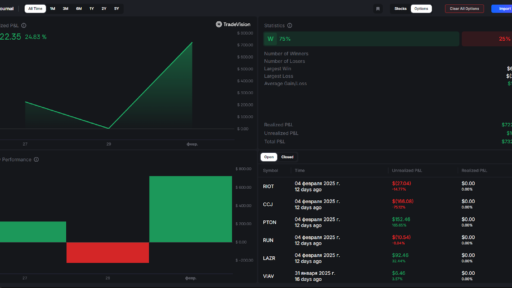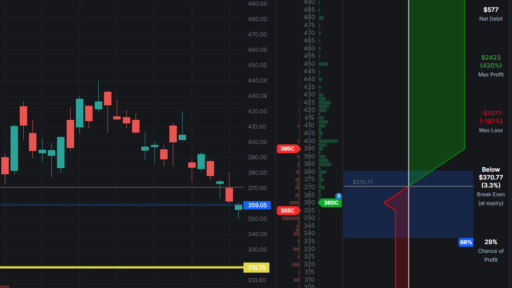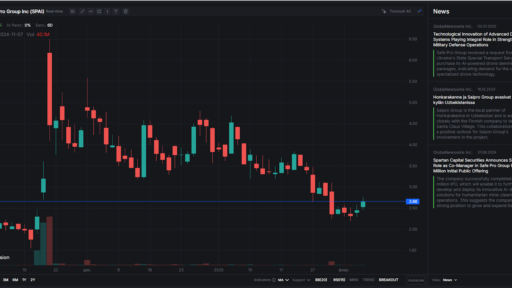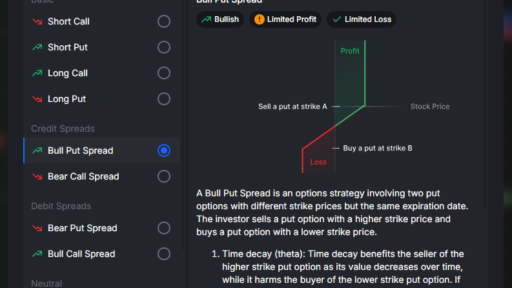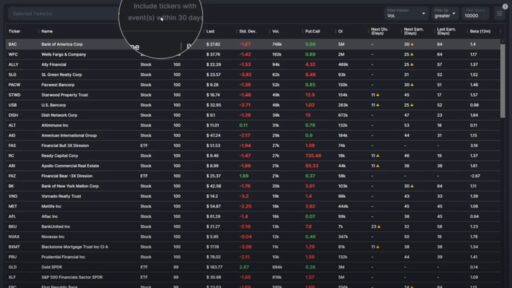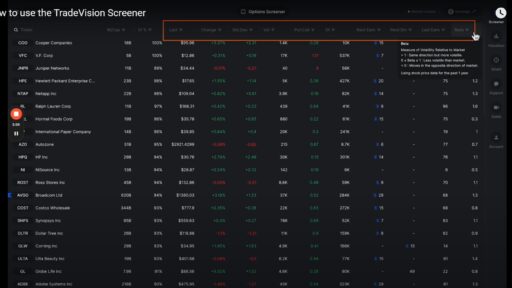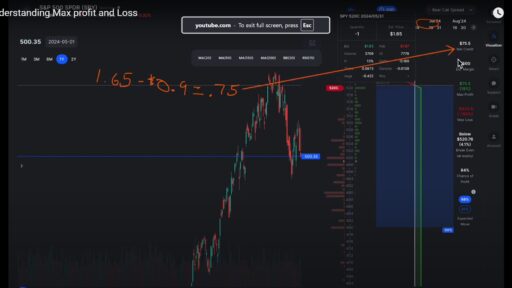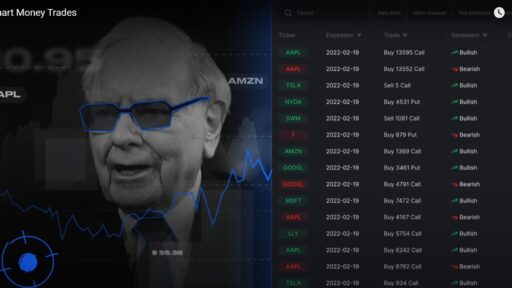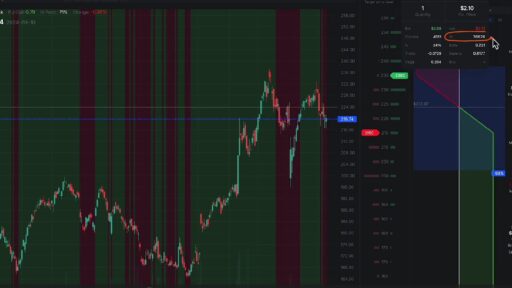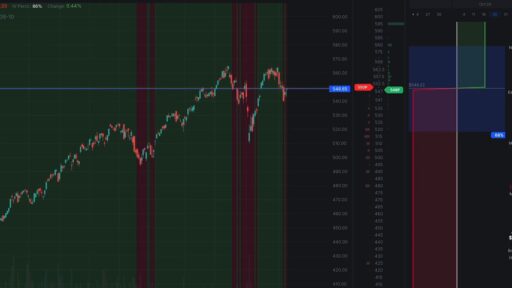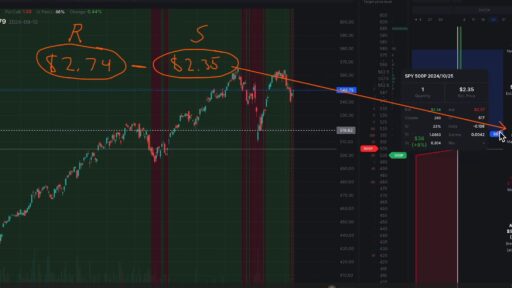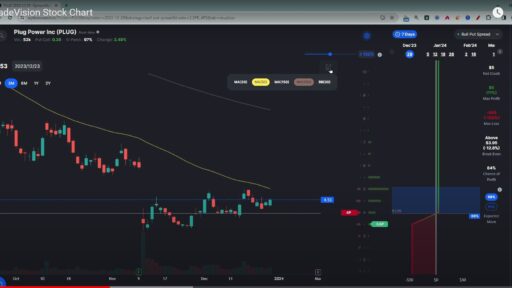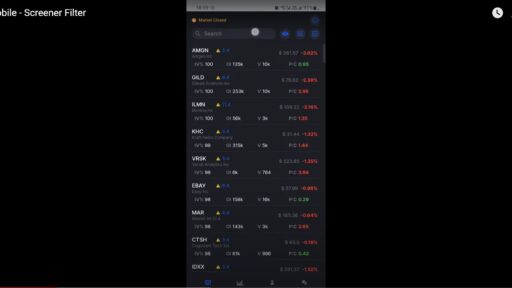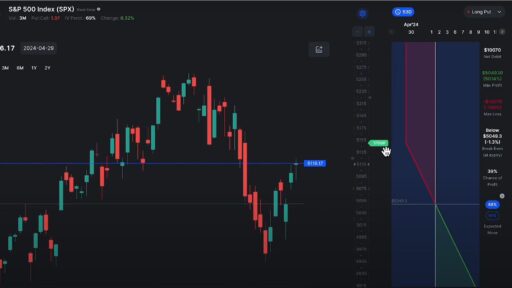Open interest insights reign supreme among financial market indicators. This vital metric illuminates market dynamics for traders and investors alike. Options and futures traders particularly enjoy its insights. Open interest insights illuminate contract activity in the financial maze. It reveals market sentiment, guiding traders through data noise. This tool helps confirm trends, gauge momentum, and foresee reversals. Perceptive investors wield market insight to steer through intricate market landscapes. By tracking open Interest, you can see money moving in and out of contracts. This helps you make better decisions in the changing financial markets. This article explains Open Interest and how open interest insights work and their importance to market participants.
What is open interest?
Traders keep track of unsettled contracts in options and futures markets. Traders refer to this total as open Interest Insights. It shows all active positions that aren’t closed or resolved. Open Interest is a key indicator of market activity and liquidity. Each contract is an agreement between a buyer and a seller. Creating a contract increases open Interest Insights. Open Interest decreases when traders settle or close them.
Open interest insights measures the total active positions in a market. This metric shows the total engagement in a contract category at a specific time. Open interest insights reveals market dynamics in a unique manner. It tallies active contracts, revealing investor commitments rather than trade frequency or ease. This metric reveals market trends and shifts in sentiment. It also shows participants’ ongoing engagement. It tracks open positions. So, it gives a detailed view of market activity. This is better than counting transactions or measuring price stability.
How does open interest insights work?
Open interest insights operates by tracking the number of outstanding contracts that remain open. To understand how it functions, let’s use an example involving futures contracts:
- A fresh futures contract emerges when two parties agree. One buyer, one seller, and open interest insights rises by one. Market participants drive this process, expanding trading options.
- When contracts trade hands without settlement, open interest insights stays steady. The tally of outstanding agreements doesn’t budge – only ownership shifts. Transactions of existing contracts redistribute participants, maintaining the total unchanged. This transfer preserves market depth while allowing fresh players to enter ongoing positions.
- As traders finish deals, open interest insights drops. Buyers sell contracts, and sellers take back theirs. Each trade reduces open Interest by one. This process adjusts market activity. It also improves liquidity and shows changes in active positions. Settling contracts, thus, balances market dynamics.
New money enters the market when open interest insights rise, showing new positions. A fall in open interest insights means traders are closing positions and taking out funds. This pattern shows market activity. Open interest insights changes reflect market dynamics, trader sentiments, and capital movements. These shifts state trends and market sentiment. By watching these changes, investors gain key insights into market dynamics.
Why ore open interest insights important?
Understanding open interest insights is crucial for several reasons:
- Market trends gain power from fresh capital. As prices surge and open interest insights expands, new investors fuel the rally. This combination validates the trend’s strength, suggesting ongoing momentum. Yet, vigilance is key. Rising prices with dwindling open interest insights may show a weakening uptrend. Fewer new positions could signal shifting dynamics. Investors check indicators, assessing momentum and detecting potential shifts in direction. Open interest insights show price changes. They reveal market health and trends. Traders who understand these signals gain a crucial advantage in complex financial markets.
- Open interest insights shifts offer clues to market direction. Rising open interest insights amid price gains signals trend strength. During downturns, growing open interest insights may foretell further declines. Traders use these patterns to predict price swings. This informs their strategies in bullish or bearish markets.
- Rising prices and increasing open interest insights show trader optimism. This boosts a bullish trend. In contrast, falling prices and decreasing open interest insights signal trader pessimism. This can worsen the decline. Smart investors watch these open interest insights shifts for market sentiment. They spot trading opportunities and make key decisions.
- Bustling markets thrive on high open Interest Insights. More contracts mean tighter spreads and smoother trades. Low open interest insights paint a different picture: sluggish markets with wider spreads. Traders may face steeper costs as liquidity dries up. Active markets attract participants, while quiet ones can repel them.
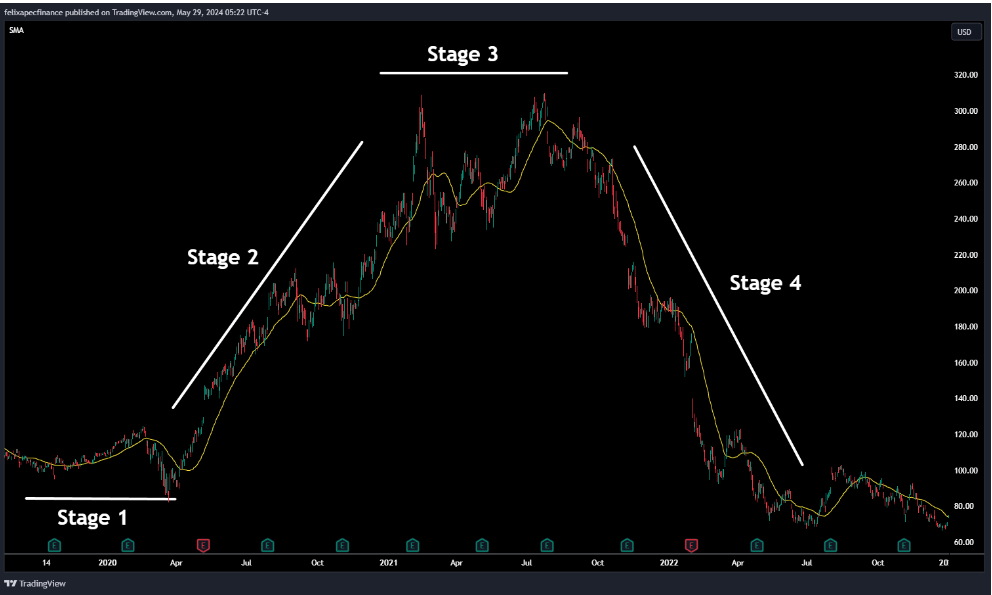
Practical implications for traders
For traders, incorporating open interest insights into their analysis can enhance their trading strategies. Here’s how:
- Traders gauge trend persistence through open interest insights shifts. Rising open interest insights during a bullish run bolsters confidence in its continuation. This metric helps traders. It shows market trends and potential reversals.
- Traders watch open interest insights to gauge market momentum. Rising interest during price increases suggests a good time to buy. Meanwhile, falling interest signals a chance to sell. These changes help traders time their moves and improve their strategies.
- Traders can assess trade risks by monitoring open Interest Insights. High open interest insights signals strong market activity and better trading opportunities. Open interest insights scarcity implies a restricted playing field.
Conclusion
Open interest insights are key in trading options and futures. They reveal market activity and sentiment. Traders, by understanding open Interest Insights, can make better decisions and improve strategies. Both experienced and new traders enjoy monitoring open Interest Insights. It provides a sense of direction in financial markets.














